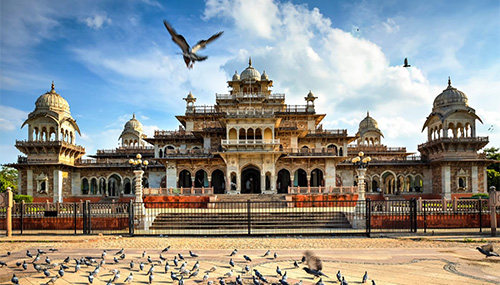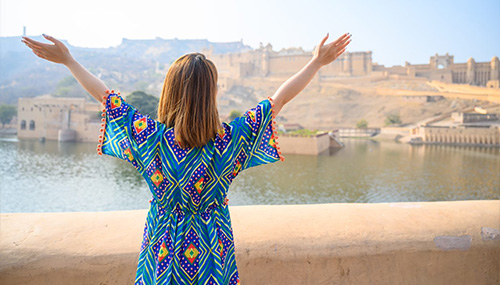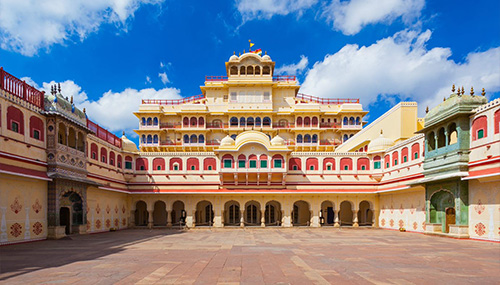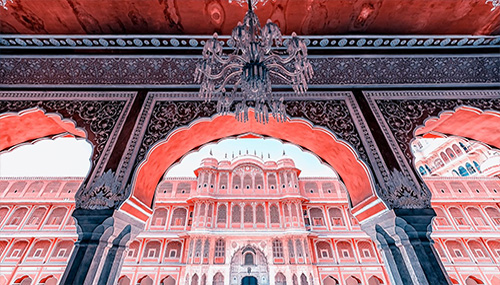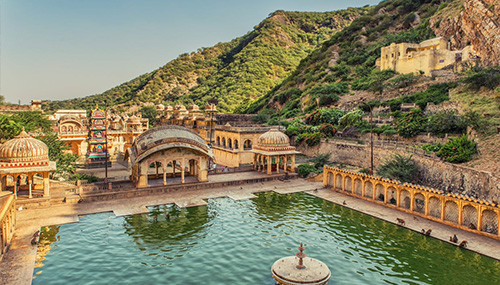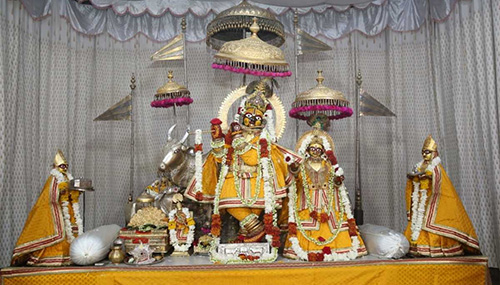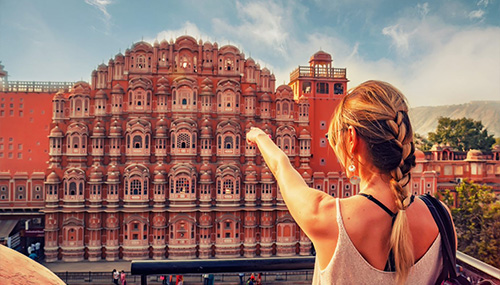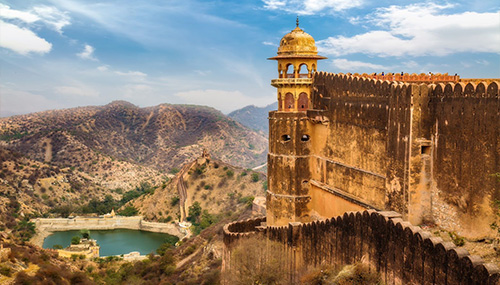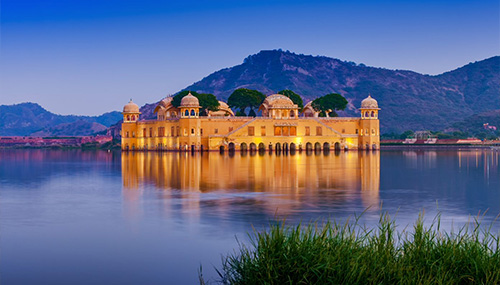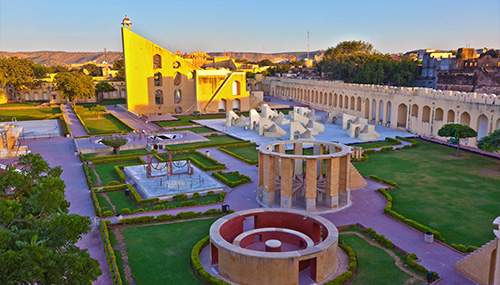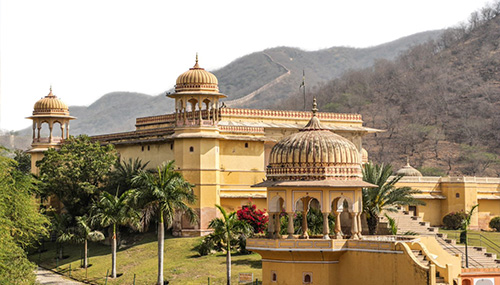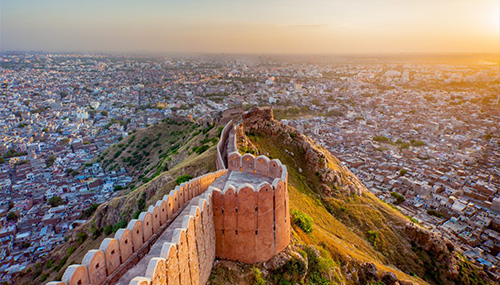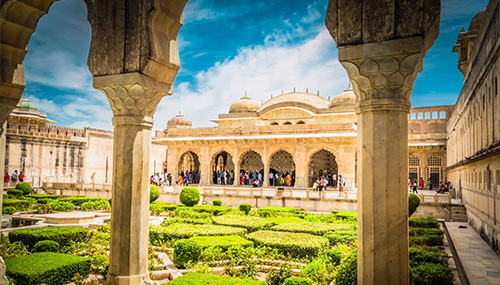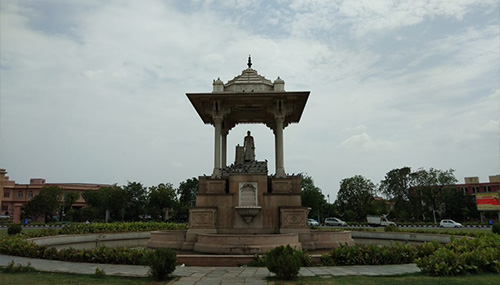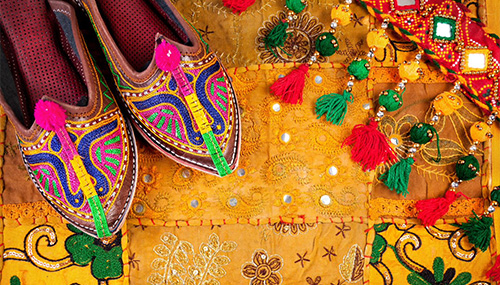Albert Hall
Located in the heart of the 'Pink City,' Jaipur, the Albert Hall Museum is a true gem that beckons travelers and history enthusiasts from all over the world. This architectural marvel stands as a testament to the rich history, art, and culture of Rajasthan. In this article, we will unravel the allure of Albert Hall Jaipur, taking you on a journey through its history, architecture, and the treasures it holds within its walls.
